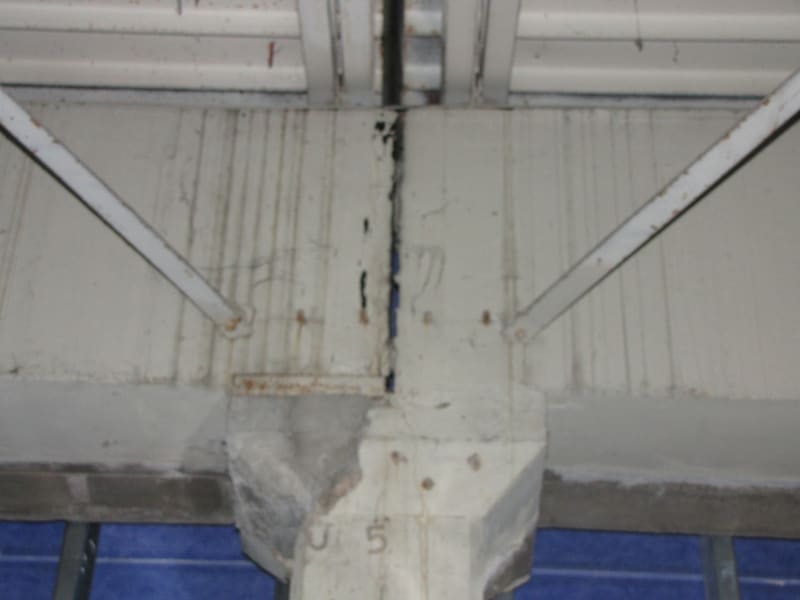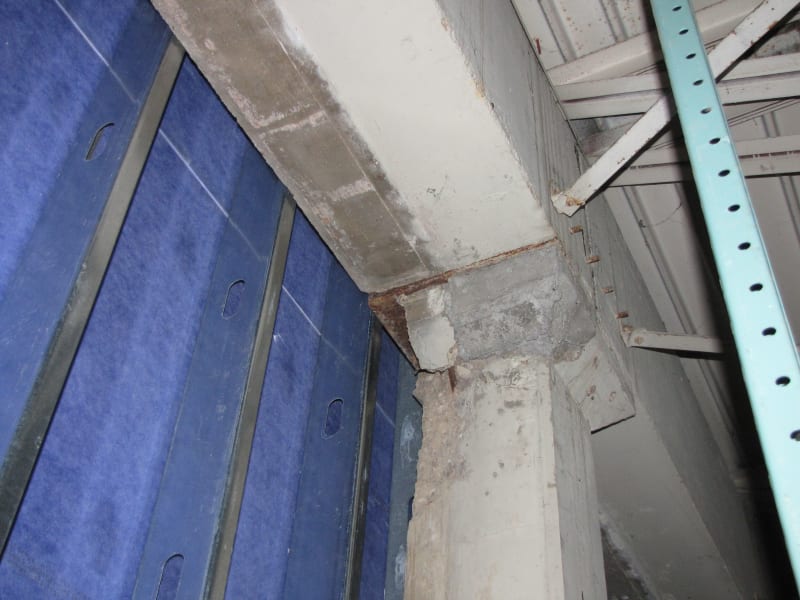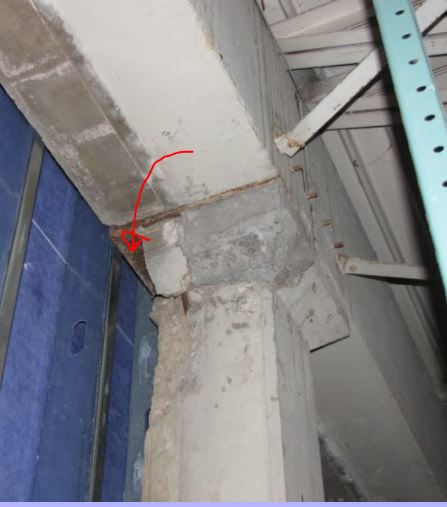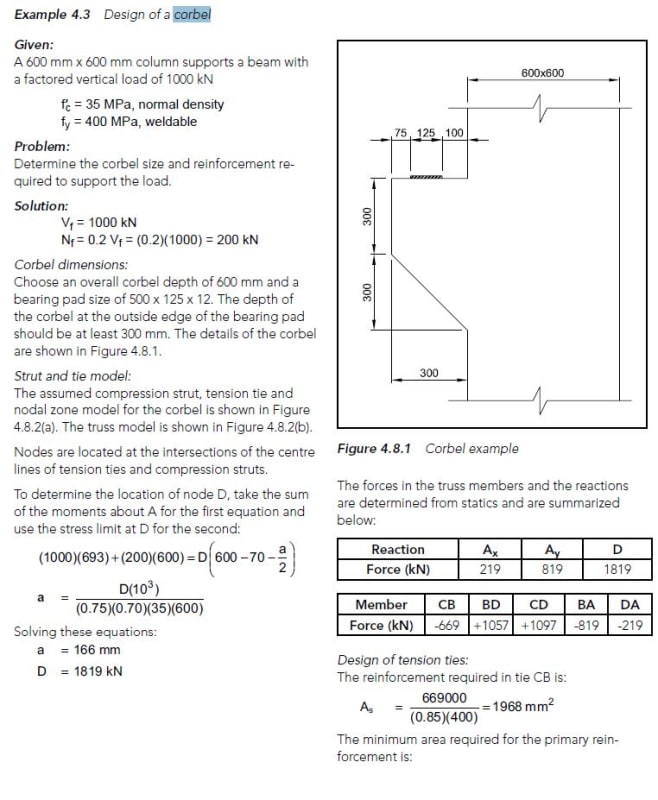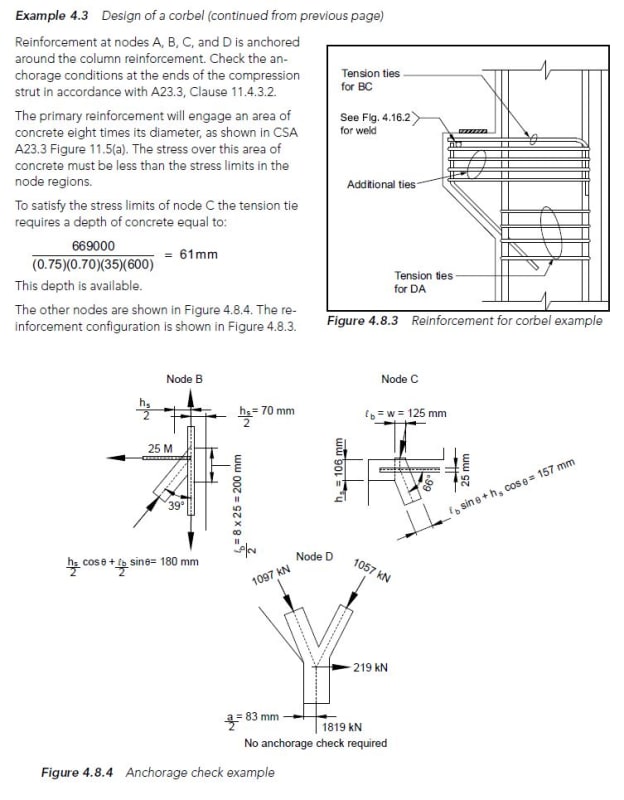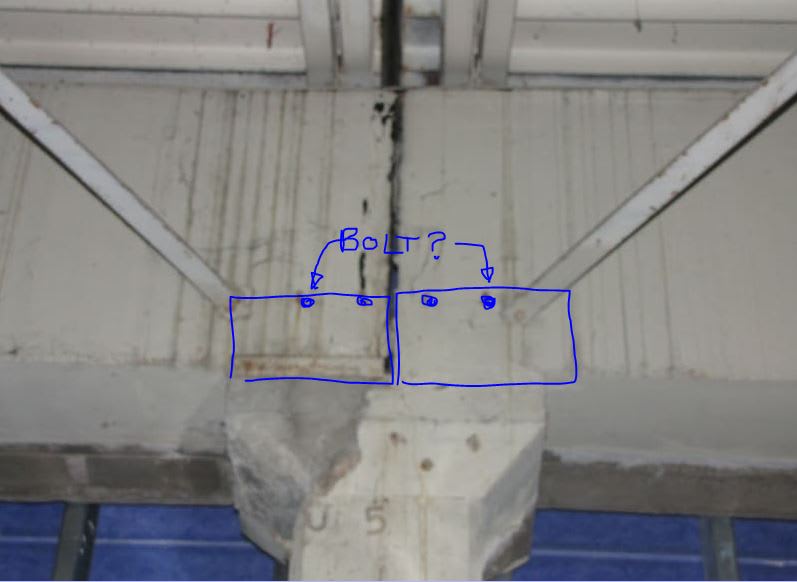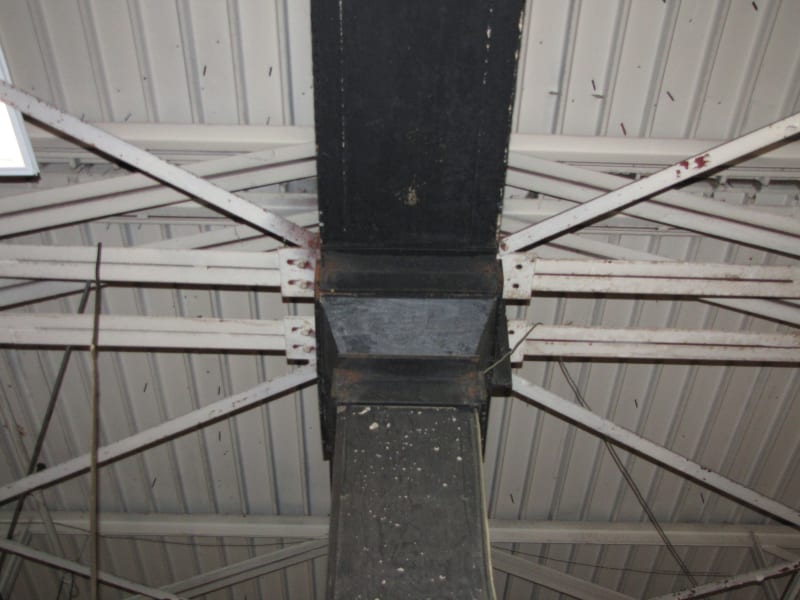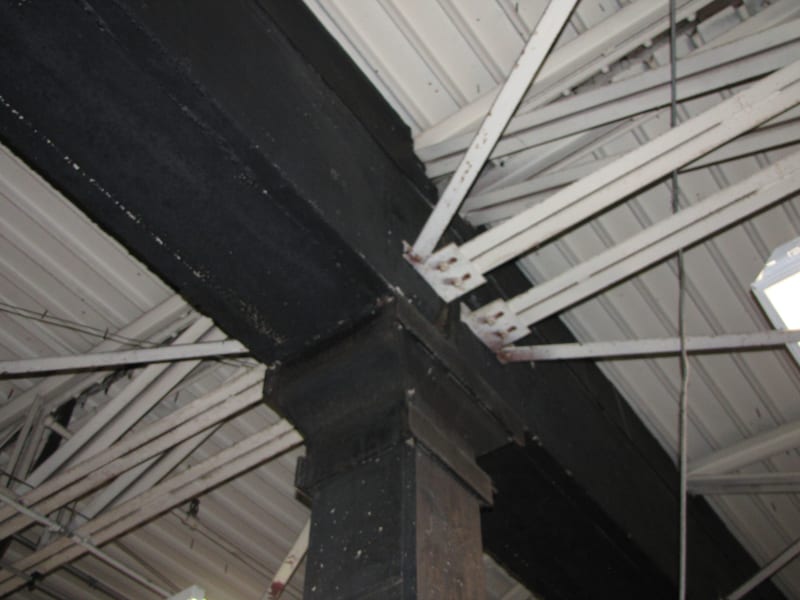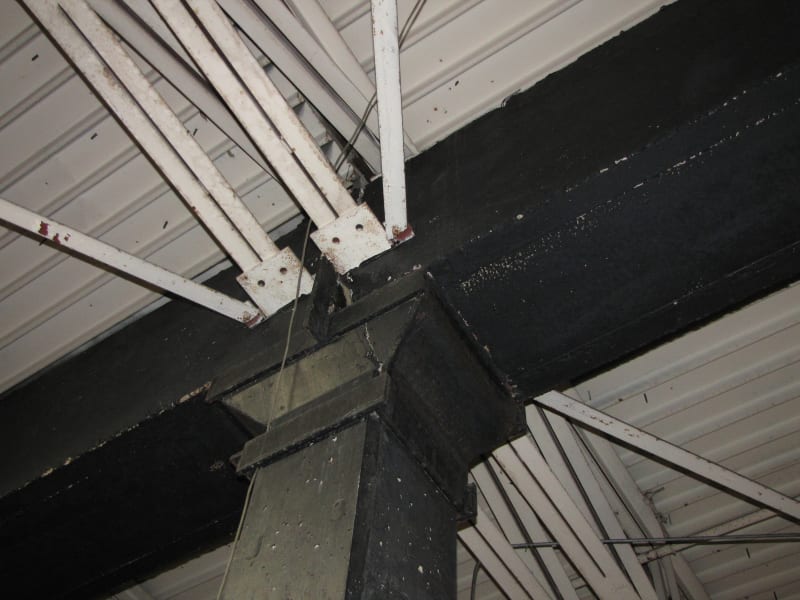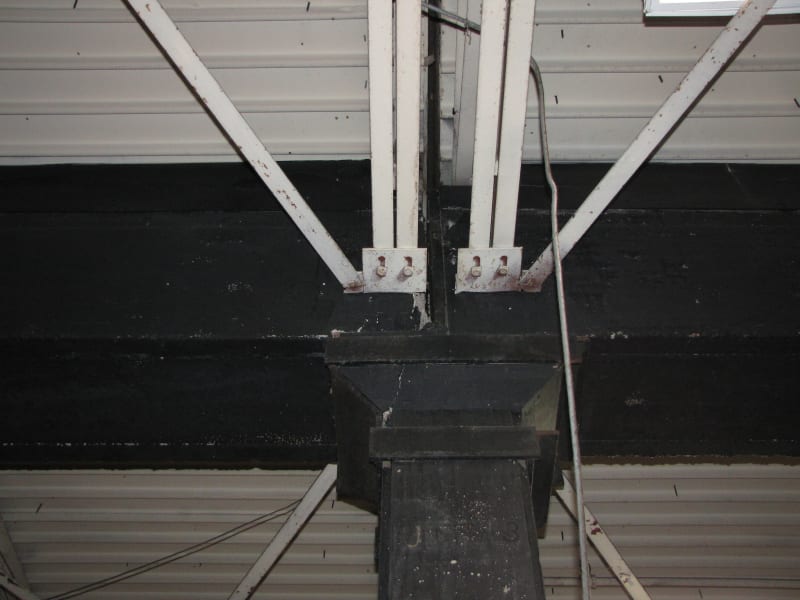I have a client that has requested advice regarding a concrete column cap (corbel) that has cracks, spalls, and apparent prior repairs. The condition includes a concrete column with a cap that mushrooms out to support concrete beams from two directions in line with each other. One of the concrete beams is fixed to the top of the column and the other was apparently constructed in order to allow for lateral movement as part of an expansion/contraction joint that extends across the entire width of the building. To me, the part of the “column cap” that shows signs of damage is like a “corbel”, which is why I’ve structured my question this way. I’ve attached three photos of the current condition. I am open to conceptual recommendations on what other engineers would advise the client on this.
